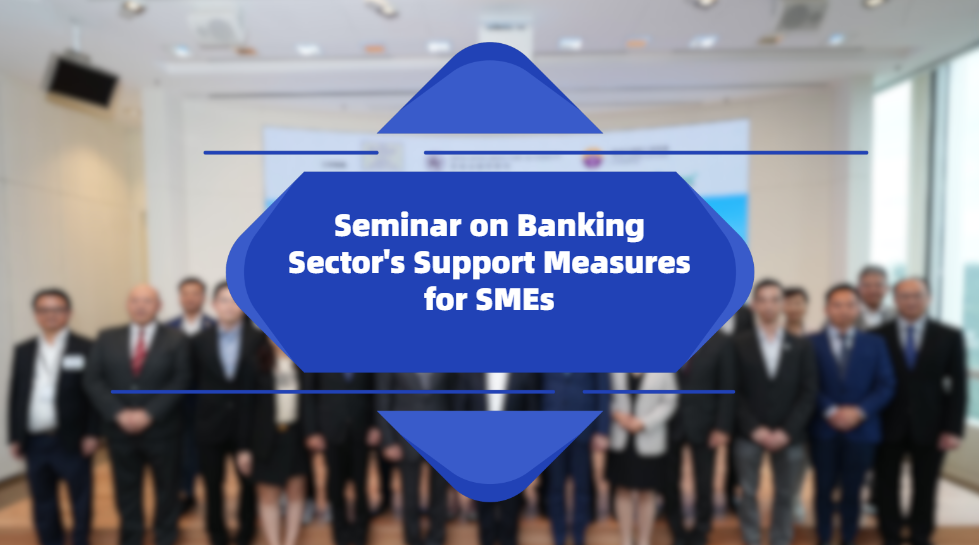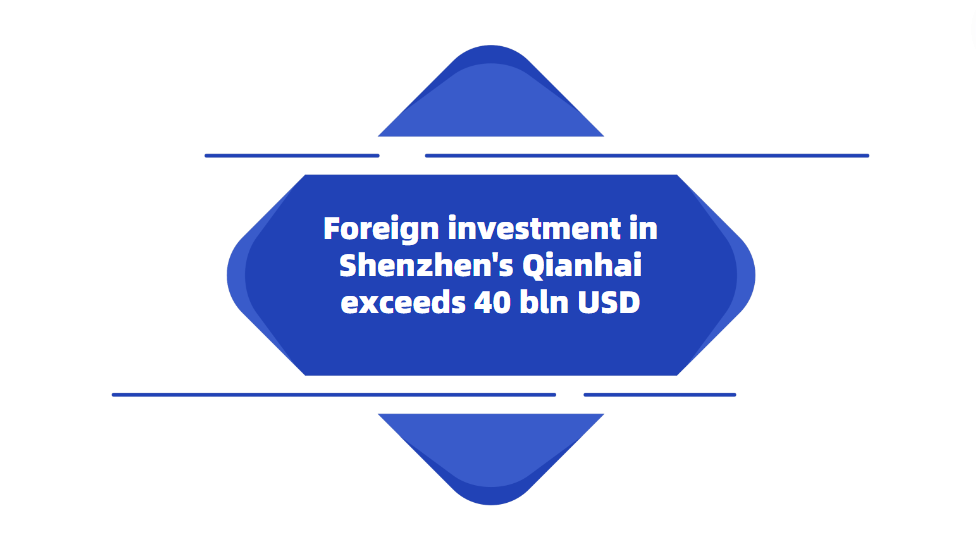ETFs have bright future, say experts
Indexing investment has much room for development thanks to recently-introduced government policies and the proliferation of long-term investment, experts from the Shanghai Stock Exchange, or SSE, have said.
The Exchange-trade funds sector, or ETF, which is one major part of indexing investment, has undergone rapid development in China since the first ETF product launched 20 years ago, the experts noted.
As of the end of May, the value of the Chinese onshore ETF market approached 2.45 trillion yuan ($340 billion), with 75 percent of that being ETF products listed at the Shanghai exchange. A total of 33 ETF products trading at the SSE saw their respective value reach 10 billion yuan. Another 11 SSE-listed ETFs saw their value topping over 30 billion yuan each.
Up to now, there are more than 7,000 indexes based on SSE and China Securities Index introduced in the market, I don't understand what this means covering assets such as stocks, bonds, commodities and futures. In total, 70 percent of the indexes are stock-based.
This rich index portfolio has helped SSE to come up with diverse ETF products. By the end of May, there were over 570 ETFs trading on the Shanghai exchange, with the total value amounting to 1.84 trillion yuan, up 19 percent from the beginning of the year and accounting for 75 percent of the total domestic ETF market size.
Under closer scrutiny, the value of SSE-listed equity ETFs reached 1.34 trillion yuan, up 24 percent from the beginning of the year. The value of bond ETFs spiked 62 percent from the beginning of the year, reaching 87.7 billion yuan.
Over the past three years, SSE-listed ETFs have cumulatively paid over 20.4 billion yuan of dividends. Since the start of this year, SSE-listed ETFs have stepped up dividend payment, churning out nearly 4.75 billion yuan of dividends over the last few months.
On top of that, some ETFs have adjusted to distribute income on a monthly basis, improving the predictability of dividend payments and enhancing the appeal of the products, the SSE commented.
Continued efforts have been made to introduce more products to meet investors' diversified demand.
The first batch of enhanced strategy ETFs based on the STAR 100 Index was launched on June 18, enabling investors to better tap into the STAR Market - a cradle for "hard technology" companies specializing in chipmaking and biomedicine.
The CSI A50 Index was introduced at the beginning of the year, allowing investors to access leading companies from various industries. So far, this product value has amounted to 21.7 billion yuan.
By the end of May, the combined value of SSE and CSI index fund products was at a record high, approaching 2.4 trillion yuan. Among these, the STAR 50 Index and STAR 100 Index, both of which are designed based on the STAR Market, saw their combined market value exceed 150 billion yuan.
But keen stock watchers have pointed out that there is still room for indexing investment in China to develop. The onshore equity ETF only accounts for 2 percent of the A-share market value, and index funds only take up 11 percent of the total public fund size. Both these figures point to room for growth, if compared to those in the mature markets.
With the continuous inflow of medium and long term capital, such as social security and insurance capital, the increasing effectiveness of the domestic market, and the further recognition and acceptance of indexing investment concept, China's indexing investment has broad prospects, according to SSE experts.
The set of nine guidelines released by the State Council in April stressed the importance of building a policy system for "long-term investment with long-term capital". The development of equity public funds and indexing investment should be promoted, said the guidelines.






















































First, please LoginComment After ~